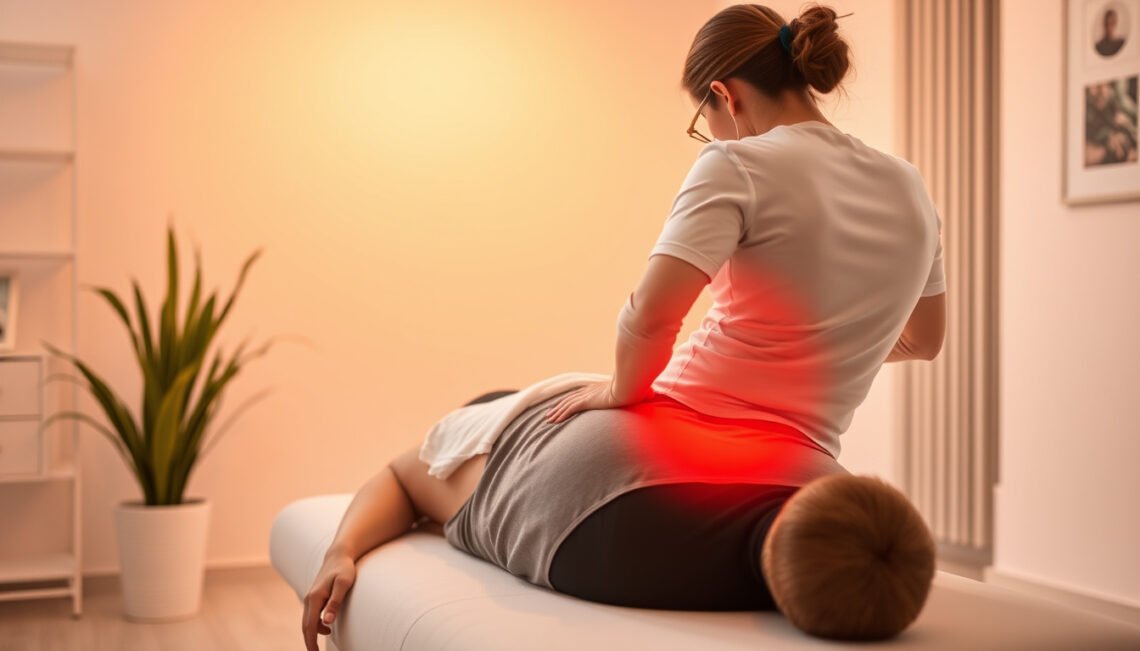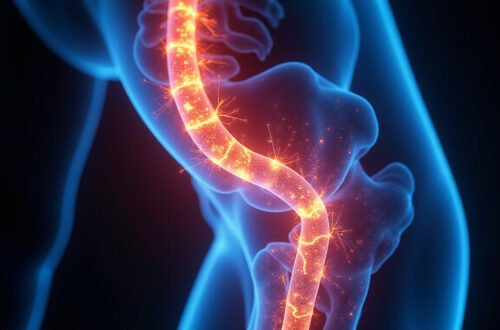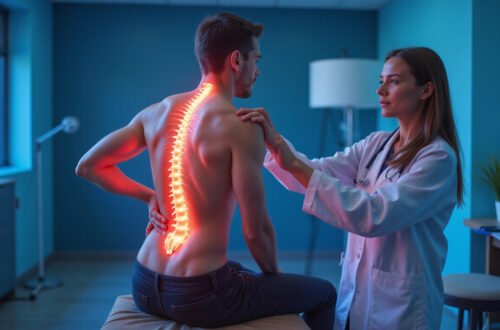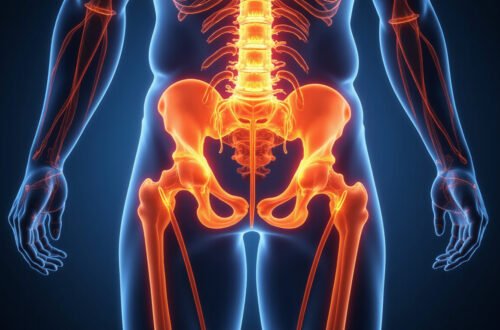Chronic lower back pain is a pervasive issue affecting millions worldwide, often diminishing quality of life and limiting daily activities. If you’re one of those searching for relief, understanding effective lower back therapy techniques is essential. This article explores proven methods to alleviate discomfort and promote healing quickly, empowering you to take control of your pain management journey.
Understanding Lower Back Therapy and Its Importance
Lower back therapy encompasses various treatments and exercises aimed at reducing pain, improving mobility, and preventing further injury. Given that the lower back supports much of the body’s weight and enables movement, therapeutic interventions are critical in restoring functionality. When left untreated, chronic lower back pain can lead to muscle weakness, poor posture, and even mental health challenges such as anxiety or depression.
Common Causes of Chronic Lower Back Pain
Before diving into therapy techniques, it’s important to understand what typically contributes to chronic pain in the lower back area. Some common causes include:
- Muscle or ligament strain from heavy lifting or awkward movements
- Herniated or bulging discs pressing on nerves
- Arthritis, including osteoarthritis that affects spinal joints
- Skeletal irregularities, like scoliosis affecting spinal alignment
- Osteoporosis causing fragile vertebrae
- Sedentary lifestyle leading to weakened core muscles
Identifying the root cause with a healthcare professional can tailor lower back therapy to your specific needs.
Effective Lower Back Therapy Techniques
Here are some widely recommended lower back therapy techniques that can deliver quick relief and long-term benefits:
1. Physical Therapy Exercises
Physical therapy is often the first line of defense for chronic lower back pain. A trained therapist will design a personalized exercise program focusing on:
- Strengthening core muscles: A strong core supports the spine, reducing stress on the lower back.
- Stretching tight muscles: Stretching the hamstrings, hip flexors, and lower back muscles enhances flexibility.
- Improving posture: Exercises that promote proper alignment reduce strain during daily activities.
Examples include pelvic tilts, bridges, and gentle yoga stretches. Performing these exercises regularly under guidance can significantly reduce pain.
2. Heat and Cold Therapy
Applying heat or cold packs to the affected area is a simple yet effective lower back therapy. Heat therapy helps relax tight muscles and increases blood flow, accelerating the healing process. Cold therapy, on the other hand, reduces inflammation and numbs the pain.

Tip: Alternate between heat and cold therapy for 15-20 minutes each to maximize benefits, especially after physical activity.
3. Manual Therapy and Massage
Hands-on techniques such as spinal manipulation, mobilization, and massage therapy can alleviate muscle tension and improve spinal function. These treatments are conducted by licensed professionals like chiropractors or physical therapists.
Massage therapy enhances circulation, reduces muscle spasms, and promotes relaxation, which is vital for managing chronic pain effectively.
4. Mind-Body Techniques
Chronic pain often involves a psychological component. Practices like mindfulness meditation, deep breathing exercises, and cognitive-behavioral therapy (CBT) can help manage pain perception and reduce stress.
Mind-body lower back therapy techniques support a holistic approach by addressing both physical and emotional aspects of chronic pain.
5. Ergonomic Adjustments
Lower back therapy is not complete without evaluating your workspace and lifestyle habits. Ergonomic adjustments such as using a supportive chair, maintaining proper sitting posture, and taking frequent movement breaks can prevent aggravation of pain.
5 Essential Tips for Optimizing Your Lower Back Therapy
To get the most out of your treatment, consider these key practices:
- Consistency: Perform prescribed exercises regularly without skipping sessions.
- Listen to Your Body: Avoid activities that exacerbate pain and communicate any discomfort to your therapist.
- Maintain a Healthy Weight: Excess weight adds pressure to your lower back.
- Stay Active: Avoid prolonged bed rest; gentle movement aids recovery.
- Use Proper Lifting Techniques: Bend your knees and keep your back straight when lifting objects.
Frequently Asked Questions About Lower Back Therapy
Q1: How soon can lower back therapy relieve chronic pain?
A1: Relief timelines vary depending on the pain cause and treatment type. Some may notice improvements within a few days, while others require weeks of consistent therapy.
Q2: Are over-the-counter pain medications part of lower back therapy?
A2: While medications like NSAIDs can reduce pain and inflammation, they are often used alongside physical therapy rather than as a standalone solution.
Q3: Can lower back therapy prevent future pain episodes?
A3: Yes, regular therapy, exercise, and ergonomic practices strengthen your back and improve posture, reducing the risk of recurrence.
When to Seek Professional Help
If your lower back pain is severe, persistent beyond a few weeks, or accompanied by symptoms like numbness, weakness, or loss of bladder control, it’s critical to consult a healthcare provider immediately. Early diagnosis and intervention improve outcomes considerably.
Conclusion: Take Charge of Your Lower Back Health Today
Lower back therapy offers a range of effective techniques to relieve chronic pain quickly and improve your quality of life. By incorporating physical therapy exercises, heat/cold treatments, manual therapy, mind-body practices, and ergonomic modifications, you can address both the symptoms and root causes of your pain.
Don’t let chronic lower back pain control your life any longer—consult with a specialist to customize your therapy plan and begin your journey toward pain-free living. The sooner you invest in your lower back health, the faster you’ll regain mobility and comfort.
For authoritative guidance and personalized care, visit the American Physical Therapy Association to learn more about effective lower back therapy options (source). Take the first step today!






